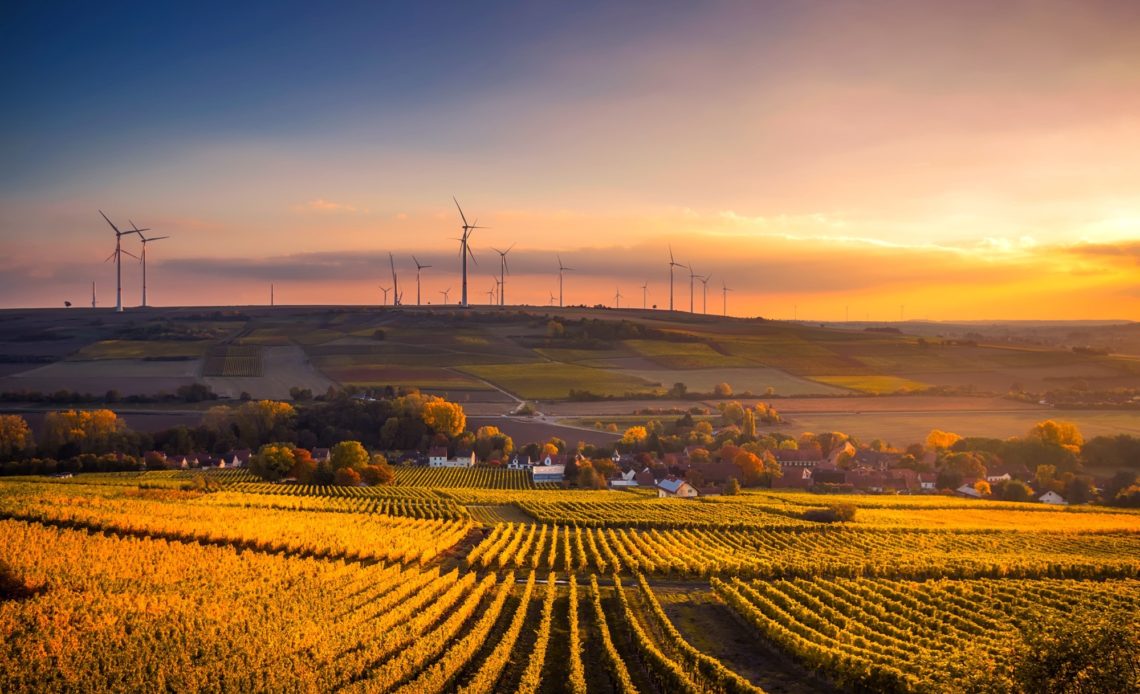
Drip irrigation modestly introduced precision methods to farming aided by analog Internet of Things (IoT). Lately, digital IoT and computer vision have been addressing a welter of use cases for improving efficiencies in all resources used in agriculture. An advanced version of precision farming, vertical farming, pushes the envelope with technology prevailing over nature with more latitude for innovation.
Many farming processes, such as spraying for removing weeds, are imprecise and cause collateral damage to crops. Precision farming lowers costs of spraying by ninety percent–computer vision helping limit it to weeds. In addition, 5G private extends the processing of high-bandwidth video streams to several more use cases in precision farming.
Similarly, IoT data monitors variables such as temperature, humidity, and nutrients to ensure each type of plant grows in an environment best suited for its growth to increase resource use efficiency considerably. In fact, studies from OnFarm found that for an average farm using IoT, the yield rises by 1.75%, and energy costs drop 17 to 32 dollars per hectare, while water use for irrigation falls by 8%.
Private networks for connected precision farming
John Deere’s network-on-a-harvester epitomizes a connected farm integrated into a private network. Its S700 series Combine includes LTE and GPS connectivity, an array of sensors, edge computing, machine learning, and computer vision. They make it possible to run live video analysis of the harvest as it falls into the bin, displayed on dashboards inside the cab for live iterations. For example, waste is reduced by observing in real-time cracked kernels and adjusting the machines to reduce them all automatically.
Another aspect of precision agriculture is customizing farming for microenvironments as granular as a single seed and a plant. The most critical data that is a predictor of the growth of plants or seeds are the sunlight, nutrients, and water in their immediate vicinity. Therefore, farmers want to spray nutrients and space them precisely to get the most growth. John Deere purchased Bear Flag Robotics to capture microdata for spraying and planting for the desired precision in farming.
AeroFarms, a vertical farming company, collaborates with Nokia for its private network and drone positioning technologies to capture detailed imagery of plant growth as it progresses every day. The data capture includes the parameters of leaf size, stem length, coloration, curvature, spotting, and tearing to track biological progress.
Vertical farming is not at the mercy of the whims of nature; the vertically suspended plants receive their nutrients from an air spray. Data of nutrients consumed and the tracking of granular biological progress by the imagery captured by drones provide an almost mathematical equation of the expected inputs and outputs.
Deployments of private networks and innovation in precision farming
Hurst Greenery of Westboro, Missouri, with a private LTE network, including SIM cards, CBRS spectrum, and on-premises Evolved Packet Core (EPC), deployed by Celona, benefits from the real-time environmental data for temperature and humidity over approximately two acres of greenhouses and several more acres of farmland after completing the first phase.
Trilogy Networks built the private network, integrating the ConEx regional edge cloud platform hosting real-time IoT services. In addition, it has precision agriculture applications, including sensors, monitoring devices, satellite mapping solutions, drones, and even robots nationwide. After completing the first phase, Hurst Greenery can monitor the real-time data for temperature and humidity for its environmental control equipment and receive alerts when metrics fall short.
John Deere deployed its first private network in Brazil. It collaborated with a telecom supplier, Tropico, to allow farm managers to monitor fieldwork remotely and in real-time and analyze data to decide on planting and harvesting schedules.
In the US, John Deere has been implementing precision farming with private networks. It started with the acquisition of Blue River that uses cameras and AI to separate weeds from plants and spray fertilizer or pesticide in a private network environment.
Over time, John Deere has harnessed artificial intelligence within private networks to improve value realization from a broader range of use cases. For example, separating the free grain from foreign material, as a combine harvests it, raises its price realization in the marketplace.
5G Private networks and satellite communications
As farmers discover new uses of private networks and IoT, connectivity issues have become an acute concern. 5G private networks are preferred where they are economically viable. Start-ups are offering private network connectivity for as low a $5000-$10,000 per month.
Hybrid networks are more likely financially viable with LoRaWAN for local deployments supplemented by 5G Private networks or satellites. Starlink and other low-orbit satellite communication service providers promise to extend coverage to far-flung farms, which operate at speeds ten times higher than 4G.
Conclusion
Precision farming with the help of private networks and information technologies is the new paradigm for productivity growth in farming. It is raising efficiencies in many granular ways. However, digital connectivity remains a challenge despite the progress achieved with private networks. Hybrid networks, with 5G private networks at their core, are poised to realize the full benefits of private networks and the solutions they facilitate.


